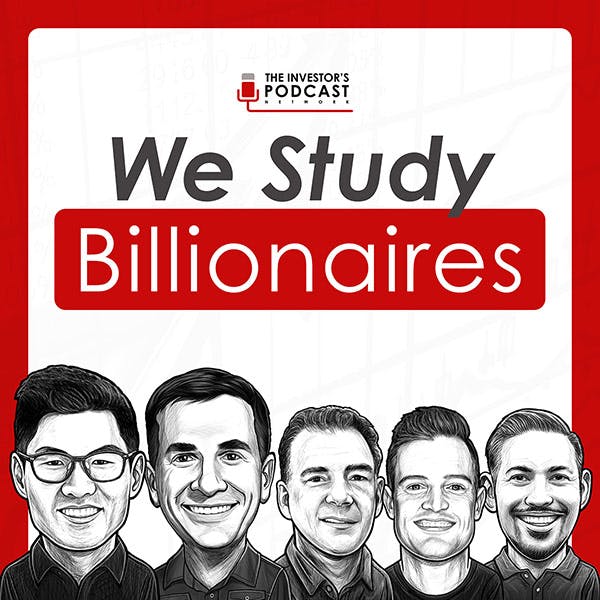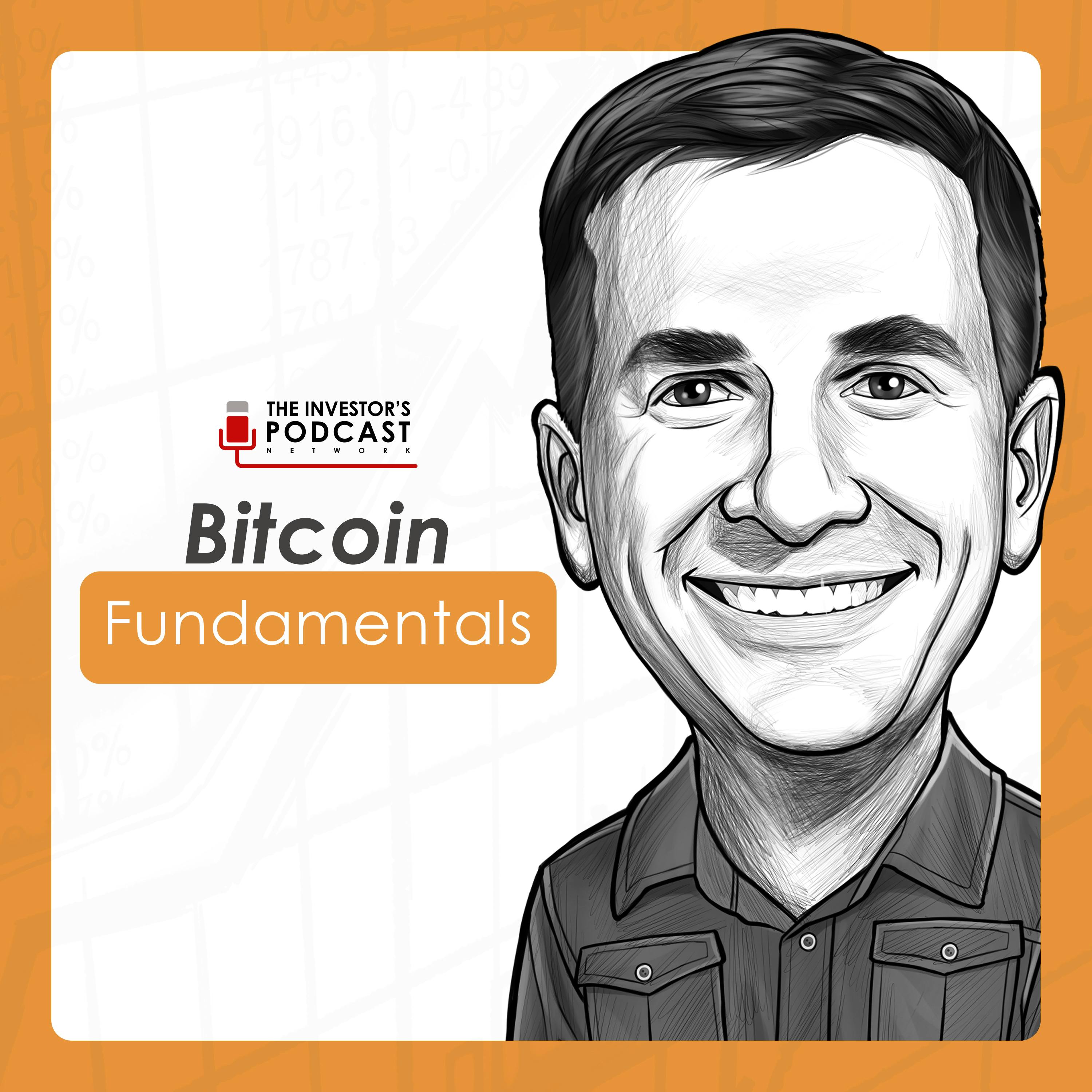
July 12, 2024 • 1hr 9min
TIP643: The Luxury Strategy w/ Christian Billinger
We Study Billionaires - The Investor’s Podcast Network

Key Takeaways
- Luxury is defined by singularity - luxury products are not easily compared to other products and have a unique identity rather than just positioning in the market
- True luxury companies focus on doing the right thing long-term, investing upfront in quality even for aspects customers may not directly pay for
- Luxury companies create their own demand by offering products consumers may not realize they desire, rather than being driven purely by consumer demand
- Scarcity and exclusivity are crucial - luxury brands carefully manage supply and make products difficult to access to maintain desirability
- Pricing power is a key advantage - luxury brands can often raise prices and see increased demand, contrary to normal economic principles
- Heritage and long-term family ownership provide stability and consistency in brand management over generations
- The strongest luxury brands like Hermès and Chanel have been gaining market share and outperforming the broader luxury market
- Luxury is cyclical but the strongest brands are more resilient during downturns, especially those catering to the wealthiest consumers
Introduction
In this episode, host Clay Finck interviews Christian Billinger about the luxury goods industry, discussing insights from the book "The Luxury Strategy" by Kapferer and Bastien. Christian is chairman of Billinger Förvaltnings AB, which invests in publicly listed equities. The conversation explores what defines true luxury brands, their unique business models and strategies, and how to analyze luxury companies as potential investments.
Topics Discussed
Defining Luxury (4:12)
Christian outlines key characteristics that define true luxury businesses:
- Singularity - Luxury products have a unique identity and are not easily compared to other products
- Long-term focus - Luxury companies invest upfront in quality, even for aspects customers may not directly pay for
- Social dimension - Luxury products have an element of showing off or signaling to others
- Creating demand - Luxury companies create their own market by offering products consumers may not realize they desire
Christian notes: "These are probably a few things to keep in mind when figuring out if I'm looking at a true luxury business."
Luxury Market Overview (8:47)
The personal luxury goods market is estimated at around 400 billion euros and includes:
- Handbags
- Apparel
- "Hard luxury" like jewelry and watches
This excludes categories like cars, yachts, and fine art which are sometimes considered part of the broader luxury market.
Premium vs Luxury (10:28)
Christian explains key differences between premium and luxury products:
- Premium products (e.g. German cars) can be compared on performance metrics and features
- Luxury products focus on identity rather than positioning and avoid direct comparisons
- Luxury marketing rarely makes product claims, instead focusing on brand identity and emotions
He notes: "From an investor and operator point of view, they're very distinctive ways of running a business."
The Non-Return Effect (19:26)
The book discusses how once consumers experience luxury, it's difficult for them to return to non-luxury products. Christian agrees this concept makes sense due to:
- Superior functional quality of luxury products
- Social prestige and access that comes with luxury consumption
- Psychological difficulty in stepping back down once accustomed to luxury
This effect makes luxury businesses more resilient, as high-spending customers are reluctant to reduce luxury spending even in downturns.
Anti-Laws of Marketing (26:09)
The book outlines 24 "anti-laws" of marketing that luxury brands follow, contrary to normal business practices. Key anti-laws discussed include:
- Forget positioning - Luxury is not comparative
- Keep non-enthusiasts out - Maintain exclusivity
- Raise prices to increase demand - Contrary to normal economic principles
- Sell marginally on the Internet - Maintain control over distribution
Christian notes some large luxury groups like LVMH may be deviating from some anti-laws as they scale, but most still largely apply, especially for the highest-end brands.
Keeping Non-Enthusiasts Out (30:39)
Luxury brands carefully manage scarcity and access to maintain exclusivity. Strategies include:
- Restricting supply of products
- Making it difficult for customers to access products (e.g. Hermès Birkin bag waitlists)
- Focusing on "discovery" rather than just scarcity
- Expanding geographically to maintain exclusivity in mature markets
Christian notes this "growth paradox" is a key challenge: "For how long can you grow at these kinds of rates and still be perceived as an exclusive or operate as a luxury kind of business model?"
Pricing Power (36:46)
Luxury brands can often raise prices and see increased demand, contrary to normal economic principles. Factors enabling this include:
- Products perceived as singular and unique
- Difficulty in comparing value across luxury products
- Price increases reinforcing exclusivity and desirability
However, Christian notes some brands like Chanel have faced pushback on recent aggressive price increases, though it's unclear if this has impacted actual sales.
E-Commerce Approach (40:36)
Luxury brands have been cautious about e-commerce to maintain exclusivity and the in-store experience. Key points:
- Online sales have grown from ~10% to ~25% of the luxury market in recent years
- Top brands like Louis Vuitton offer limited online sales of select products
- Many luxury brands use online for marketing/engagement but limit distribution
- Major investment continues in physical retail and flagship stores
Christian notes: "I think it seems like there's a bit of polarization here as well where the sort of true luxury players are really holding out and they're very selective in the way they distribute online."
Valuation Considerations (57:23)
When analyzing luxury company valuations, investors should consider:
- Differentials in growth rates and business resilience
- Balance sheet strength
- Reinvestment rates (including through opex, not just capex)
- Long-term investment approach of family-controlled companies
- How closely companies follow luxury business model principles
Christian notes valuations generally reflect quality differences, with top brands like Hermès trading at much higher multiples than less prestigious names.
Performance During Recessions (1:03:28)
Luxury is cyclical but top brands show resilience:
- In 2020, LVMH saw a 15% revenue decline and 30% EBIT decline
- Significant operating leverage due to fixed costs of production and retail networks
- Brands selling to wealthiest consumers (e.g. Hermès, Chanel) tend to weather downturns better
- Cyclicality creates investment opportunities for long-term investors
Christian notes: "I think as a long-term investor, if you're confident in the quality of these businesses, that's welcome. That's where the opportunities are."
Conclusion
The luxury goods industry operates on unique principles that often defy conventional business wisdom. Top luxury brands like Hermès, Chanel, and Louis Vuitton have built incredibly valuable and resilient businesses by maintaining exclusivity, creating desire, and focusing on long-term brand equity over short-term profits. For investors, understanding the nuances of true luxury business models is crucial for identifying quality companies in the sector. While cyclical, the strongest luxury brands have shown an ability to compound value over long periods by catering to wealthy consumers and carefully managing their brand positioning. As the global wealthy population grows, particularly in emerging markets, the luxury sector may continue to see tailwinds, though balancing growth and exclusivity remains an ongoing challenge.









